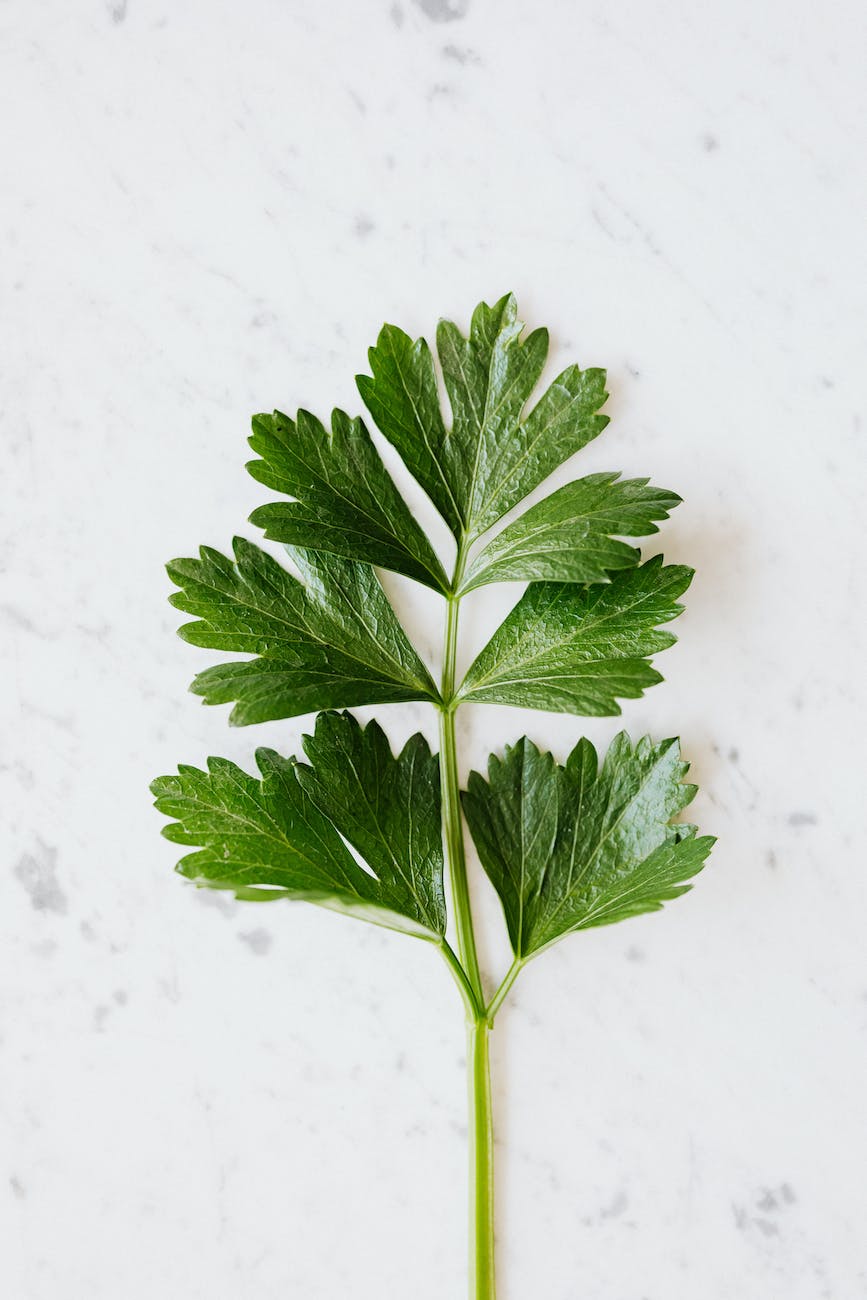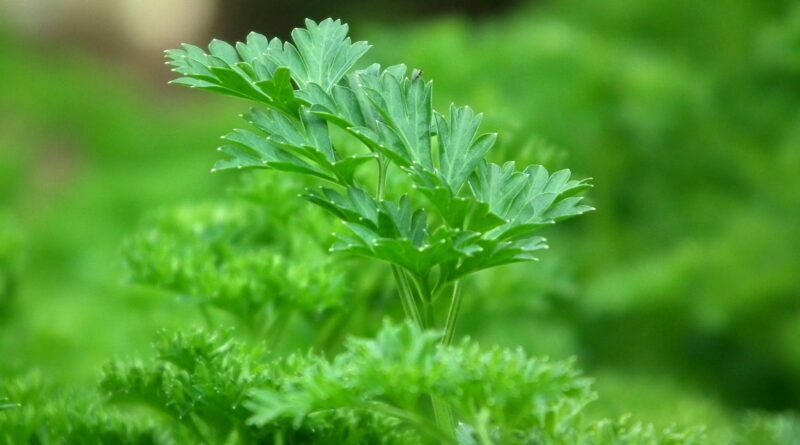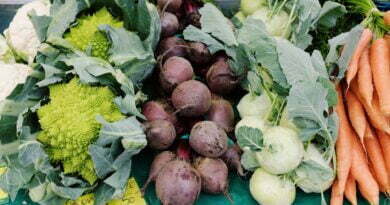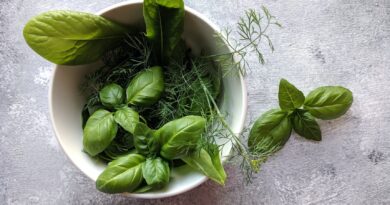Growing Parsley: Tips, Health Benefits, and Meal Ideas
Parsley is a flavorful and nutritious herb that can add a touch of freshness to a variety of dishes. Growing your own parsley at home is an easy and rewarding way to enjoy this herb year-round. In this blog post, we will share tips on how to grow parsley, the health benefits of parsley, and some meal ideas to incorporate parsley into your diet.
How to Grow Parsley
Parsley is a hardy herb that can grow in a variety of conditions. Here are some tips on how to grow parsley:
- Choose the Right Location: Parsley thrives in partial shade, which means it needs at least 4-5 hours of sunlight a day. Choose a location that gets some morning sun but is shaded during the hottest part of the day. Parsley can also grow in full sun, but it needs more water in this case.
- Prepare the Soil: Parsley prefers well-draining soil with a pH of 6.0-7.0. If your soil is clayey or sandy, add organic matter such as compost, aged manure, or peat moss to improve soil structure and fertility. You can also mix in a slow-release fertilizer according to the manufacturer’s instructions.
- Plant the Seeds: You can sow parsley seeds directly into the soil in the spring or fall. Parsley seeds can take a while to germinate (up to 3 weeks), so be patient. To speed up the process, you can soak the seeds in water overnight before planting. Scatter the seeds thinly and cover them with a thin layer of soil. Space the seeds about 6 inches apart in rows that are about 12 inches apart.
- Water Regularly: Parsley needs regular watering to keep the soil moist, but not waterlogged. Water deeply once a week, or more often in hot, dry weather. To avoid damping off (a fungal disease that affects seedlings), water from the bottom rather than from above.
- Mulch the Soil: Mulching helps to retain soil moisture, suppress weeds, and regulate soil temperature. You can use organic mulches such as straw, shredded leaves, or grass clippings. Spread the mulch about 2 inches deep around the parsley plants, but keep it away from the stems to prevent rot.
- Fertilize: Parsley is a heavy feeder, which means it needs a steady supply of nutrients to grow well. You can feed parsley with a balanced fertilizer every 4-6 weeks, or use a slow-release fertilizer at the beginning of the season. Avoid over-fertilizing, as this can lead to weak growth and poor flavor.
- Harvest Regularly: You can start harvesting parsley leaves as soon as they are large enough to use, usually after 8-10 weeks. Snip the leaves from the outer edges of the plant, leaving the center leaves to continue growing. Be sure to leave at least 2 inches of stem when you harvest, to encourage new growth.
- Overwintering Parsley: In cold climates, parsley can be overwintered by covering the plants with a layer of straw or leaves after the first frost. This will help to insulate the plants and protect them from cold and wind. In the spring, remove the cover and watch your parsley spring back to life.
By following these simple steps, you can grow parsley in your garden or on your balcony and enjoy its fresh flavor and health benefits all year round.

Health Benefits of Parsley
Parsley is not only a flavorful herb but also has several health benefits. Here are some of the health benefits of parsley:
- Rich in nutrients: Parsley is rich in vitamins A, C, and K, as well as minerals such as calcium, potassium, and iron.
- Anti-inflammatory: Parsley contains compounds that have anti-inflammatory properties, which can help reduce inflammation in the body.
- Immune booster: The high vitamin C content in parsley helps to boost the immune system and protect against infections.
- Digestive aid: Parsley can help improve digestion and reduce bloating.
- Fresh breath: Parsley contains compounds that can help freshen breath and reduce bad breath.
Meal Ideas with Parsley
Parsley can be used in a variety of dishes to add flavor and nutrition. Here are some meal ideas to incorporate parsley into your diet:
- Tabouli: This Middle Eastern salad is made with parsley, bulgur wheat, tomatoes, onions, and lemon juice. It’s a fresh and healthy side dish that pairs well with grilled meats or fish.
- Pesto: Instead of using basil, try making pesto with parsley. Blend parsley with garlic, Parmesan cheese, pine nuts, and olive oil for a tasty and nutritious sauce.
- Soup: Add chopped parsley to your favorite soup for a burst of flavor and nutrition.
- Salad: Add parsley to your salad for a fresh and flavorful boost. It pairs well with other greens, as well as fruits and vegetables like apples and cucumbers.
- Meatballs: Add chopped parsley to your meatball mixture for a delicious and nutritious twist.
Parsley is an easy-to-grow herb that adds flavor and nutrition to a variety of dishes. Incorporating parsley into your diet can provide several health benefits, including immune-boosting properties, anti-inflammatory properties, and improved digestion. Try growing parsley at home and incorporating it into your meals for a fresh and nutritious boost.




